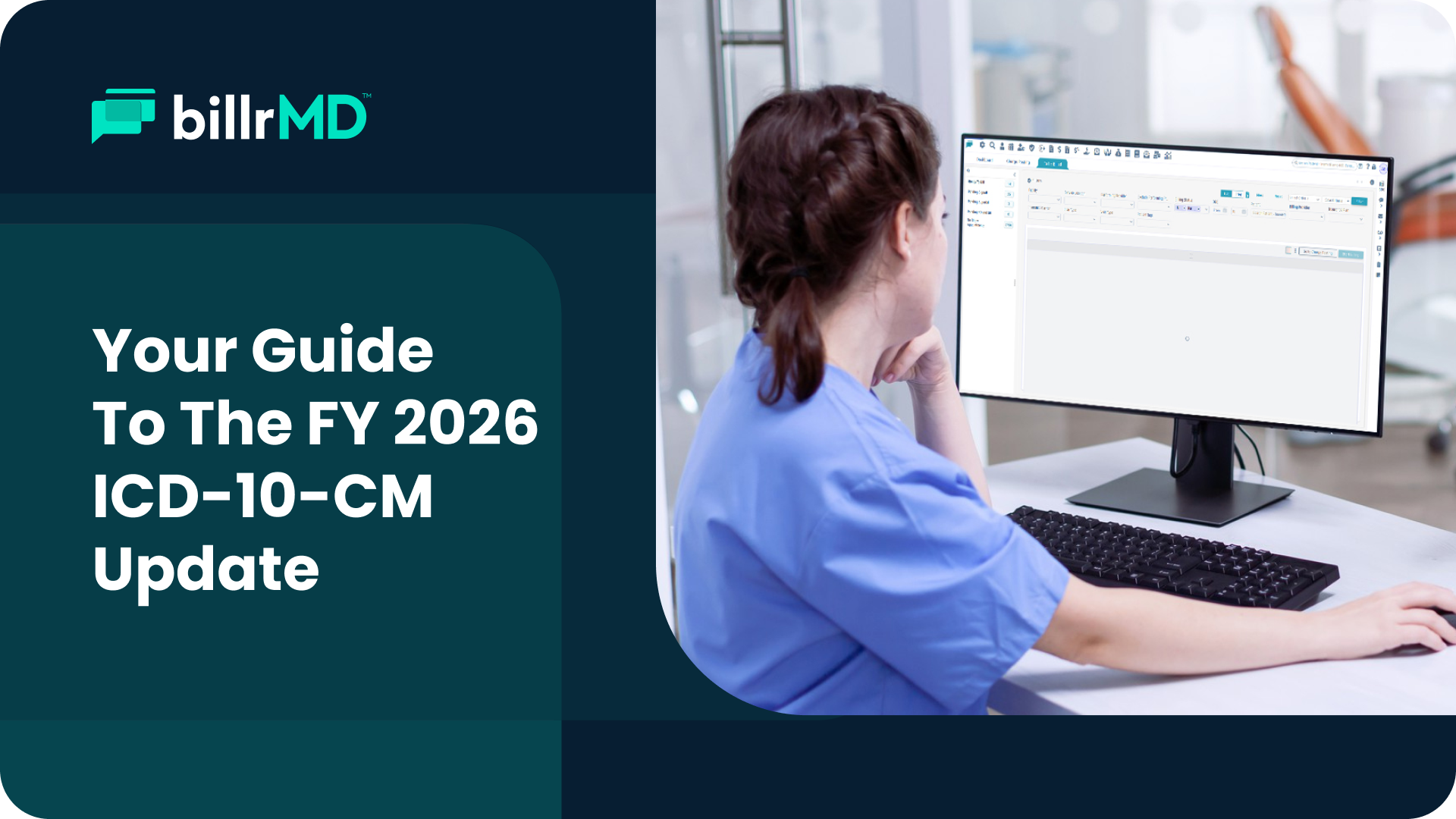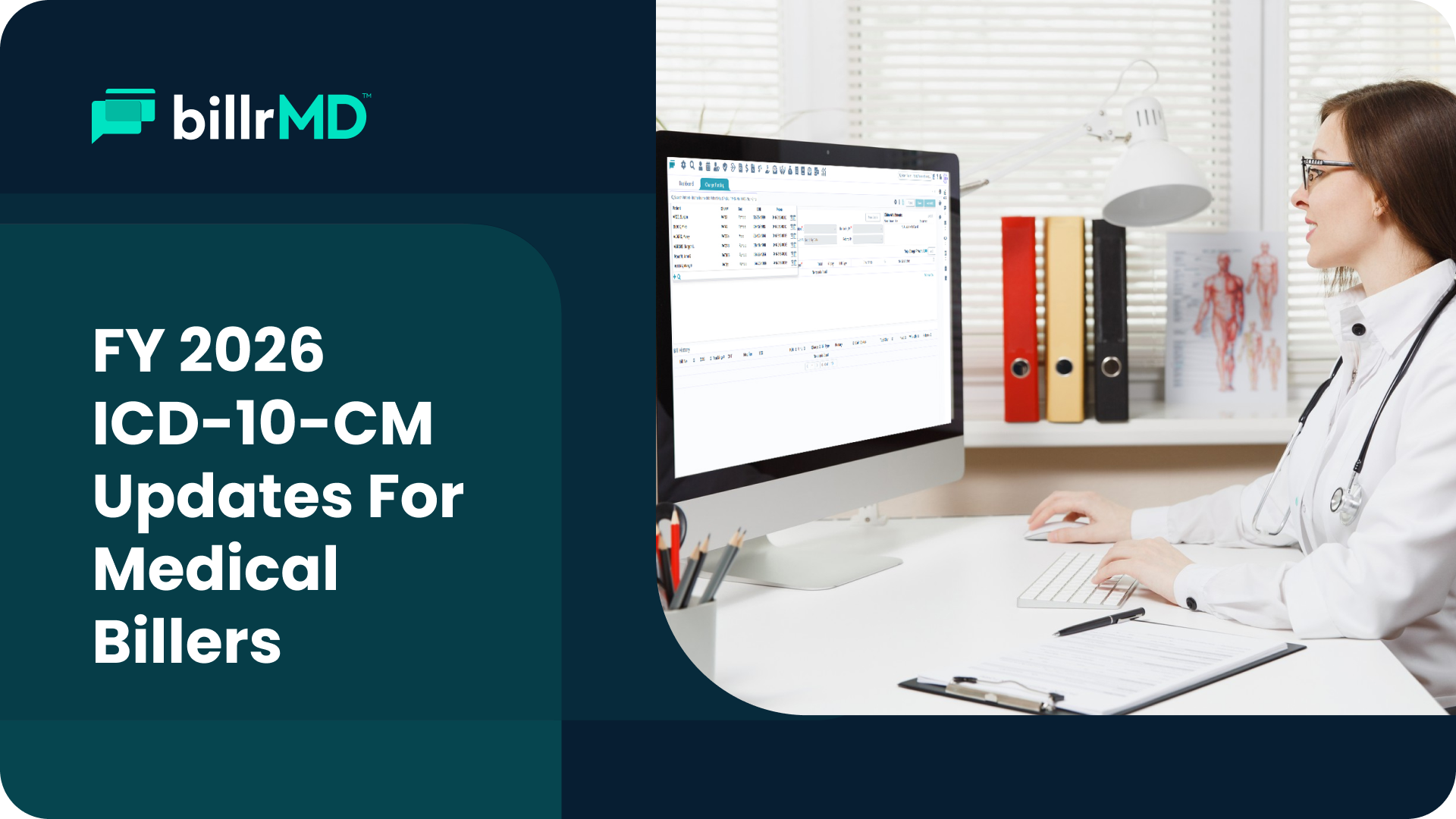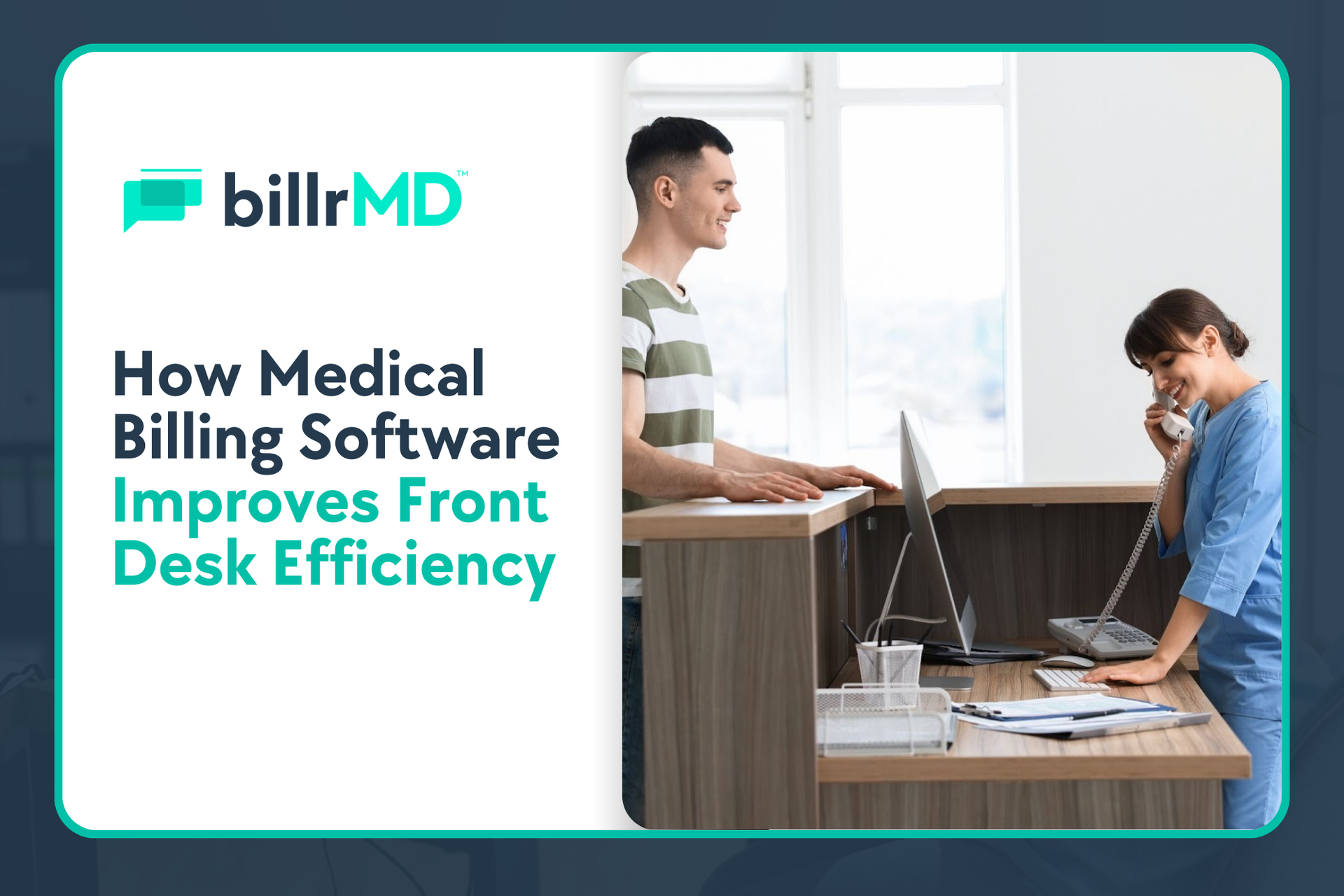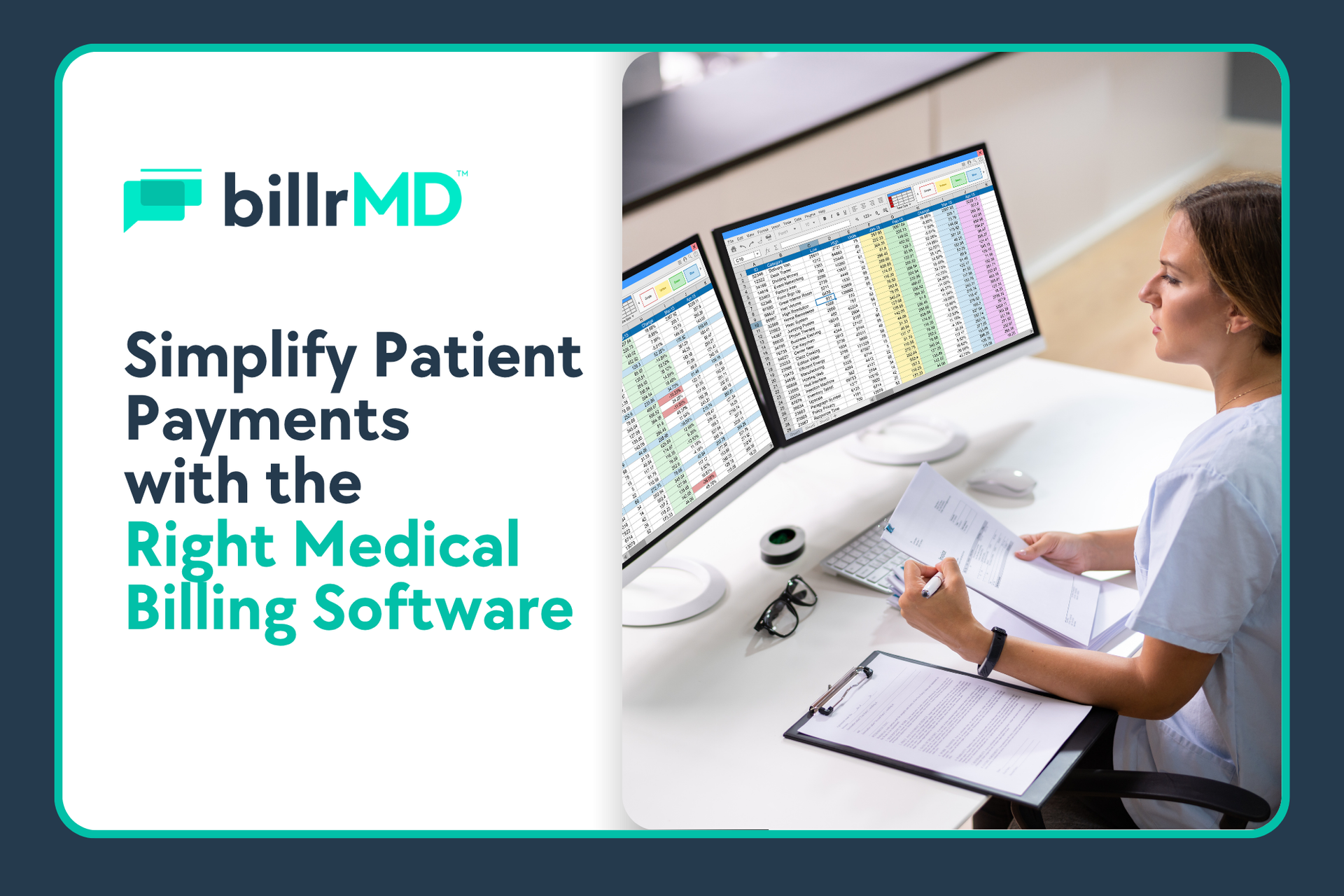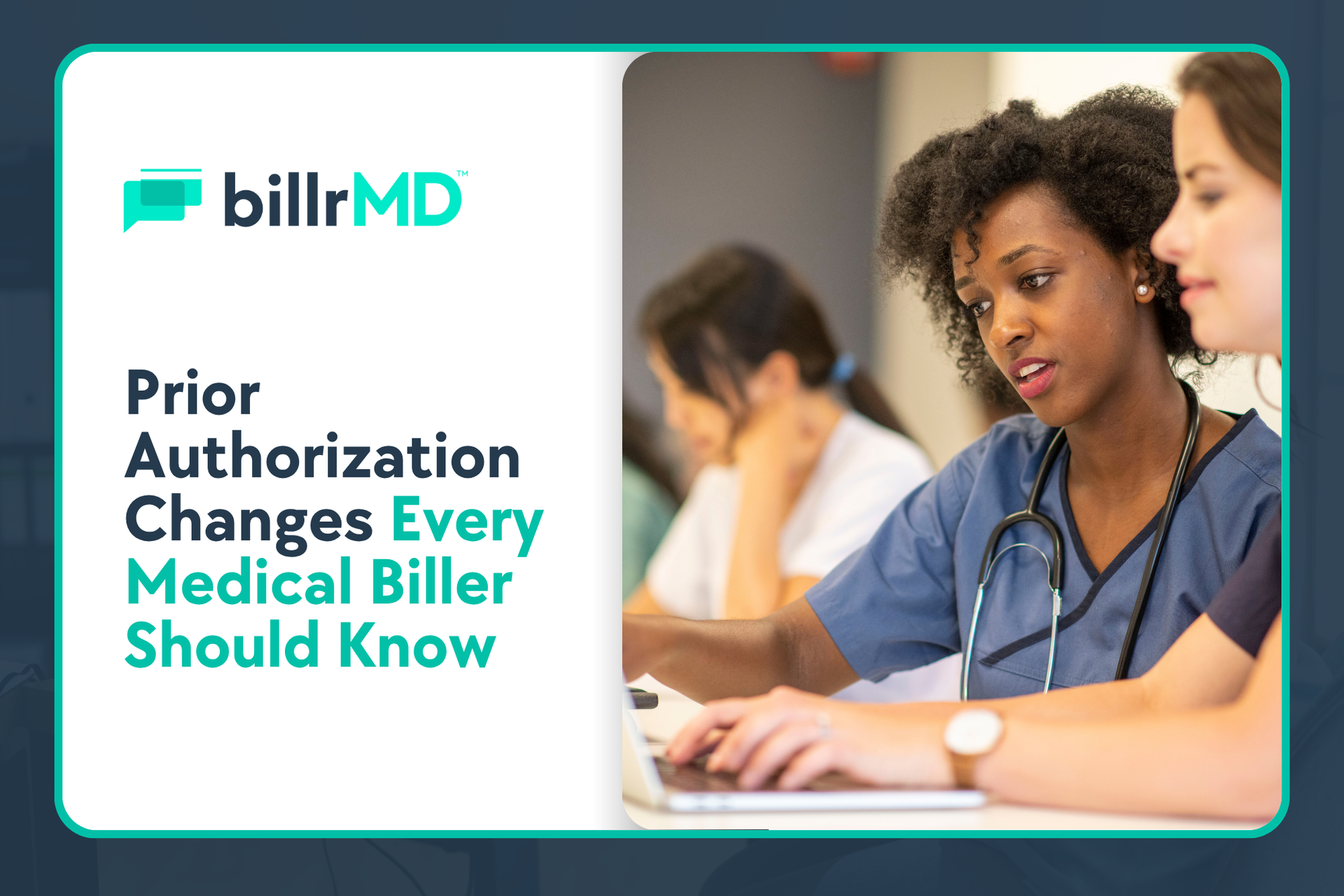Top Medical Claim Denials to Avoid in 2025

It’s 2025, and claim denials have become one of the biggest threats to healthcare practice profitability.
In fact, the
2024 State of Claims report reveals:
- 73% of healthcare staff agree that claim denials are increasing.
- 67% feel reimbursements are taking longer.
- And 65% say submitting “clean” claims is becoming more difficult.
With payer rules growing more complex and administrative resources being stretched thin, denied claims are eating into practice revenue and straining workflows like never before.
If you're tired of chasing down lost dollars and frustrated by medical billing paperwork, we hear you! Let’s explore what’s behind the most common claim denials of the past year, how they impact your healthcare practice, and how
medical revenue cycle management tools can stop them in their tracks.
Denials in Medical Billing: Why They Matter
Claim denials occur when an insurance company does not pay a submitted medical claim. Denials can result from various factors (e.g., missing codes, inaccuracies, eligibility issues) and can have significant consequences:
- Delayed reimbursements
- Wasted staff time
- Increased administrative costs
- Decreased patient satisfaction
As payers implement stricter rules and conduct more stringent audits, healthcare practices are getting more medical claim rejections—for reasons that are becoming harder to predict.
Without the right tools to prevent them, these denials are a costly barrier to your practice’s success.
Top 10 Medical Billing Denial Reasons
Each denial could mean lost income unless caught and corrected immediately. To avoid billing rejections in healthcare, you need to know what issues to look out for. Here are the most common reasons for medical claim rejections, according to TechTarget:
| Denial Code | Description | Explanation |
|---|---|---|
| CO 4 | Missing Modifier | The service requires a modifier (e.g., laterality or repeat procedure), but it was absent. |
| CO 11 | Incorrect Coding | The diagnosis doesn’t match the procedure or lacks specificity. |
| CO 15 | Missing or Invalid Authorization | The diagnosis doesn’t match the procedure or lacks specificity. |
| CO 16 | Missing or Incorrect Information | Essential claim fields (e.g., patient's date of birth, NPI, modifiers) are missing, incomplete, or wrong. |
| CO 18 | Duplicate Claim | The same claim was submitted more than once, typically due to synchronization issues with the electronic health records (EHR). |
| CO 22 | Coordination of Benefits | A failure to bill the primary insurance first. The patient has other active coverage where the claim should have gone. |
| CO 27 | Expired Insurance Coverage | The patient’s insurance was invalid at the time of service. Their coverage may have lapsed on or before the service date. |
| CO 29 | Late Submission | The claims were submitted past the payer’s deadlines, often due to internal processing delays. |
| CO 45 | Billed Amount Exceeds Fee | The medical provider charged more than the allowed amount, which triggered an automatic payer adjustment or denial. |
| CO 50 | Not Medically Necessary | The service is not deemed a “medical necessity” based on the payer’s guidelines. |
| CO 97 | Already Adjudicated Service | The benefit of the service is included in the payment for another service that has already been processed. |
| CO 167 | Non-Covered Service | The service is not included in the patient’s policy benefits. |
How Healthcare Claim Denials Impact Your Practice
While claim denials may appear to be just a healthcare billing department problem, they profoundly affect your entire practice operations. Here are a few negative repercussions of getting your medical claims denied:
- Administrative Chaos: Your teams spend more time on follow-ups, phone calls, and appeals instead of focusing on patient care. This also increases administrative costs.
- Revenue Bottlenecks: Even temporary reimbursement delays can hinder cash flow. This means your practice will need to shoulder the cost of services upfront, which limits your practice’s ability to invest in staff or equipment.
- Patient Frustration: Unexpected bills, coverage issues, unresolved denials, and long billing cycles can confuse patients and erode trust.
- Private vs. Public Payers: Private insurers tend to have higher denial rates than Medicare or Medicaid, especially in specialty services. Practices working with private payers may face challenges in dealing with denials, which can lead to higher costs, slower cash flow, and increased operational strain.
Best Practices to Prevent Medical Claim Denials in 2025
Preventing claim denials this year requires a proactive strategy powered by the right tools. While you can adopt best practices internally, the real game-changer is automation and intelligence-driven support by a tried-and-tested medical billing solution.
Here are a few actionable ways to avoid common claim denials and how billrMD fixes claim denial issues by making each step faster, easier, and more effective.
1. Verify Patient Eligibility Before Every Visit
Eligibility issues (e.g., expired insurance, incorrect plan details, unbilled primary insurance, etc.) have historically been the top cause of denied medical claims. To prevent them, build eligibility verification into your scheduling and check-in processes. Double-check coverage status, coordination of benefits, and plan limitations every time, not just for new patients.
But you don’t have to do all this manually.
billrMD integrates and automates real-time eligibility verification right into your workflow. At scheduling or check-in, your team can instantly verify coverage, identify coordination of benefits issues, and avoid service denials due to inactive or incorrect insurance.
2. Ensure Accurate Code and Modifier Use
Seemingly minor missteps, such as incorrect medical procedure codes and missing modifiers, can result in delayed or denied reimbursements. While errors are common, especially with shifting payer rules and updated code sets, they’re also avoidable.
Ensure your team is up to date with CPT and ICD-10 changes, as well as payer-specific coding rules. Review every claim for proper modifiers and consistent diagnosis-to-procedure matching.
One smart way to approach this challenge is by leveraging advanced
medical billing technology. billrMD, for example, features built-in coding intelligence that automatically flags errors before claims are sent. It checks against payer-specific rules, prompts you to add necessary modifiers, and helps ensure your claims meet documentation and medical necessity requirements.
3. Secure and Track Prior Authorizations
Failing to obtain or include documentation for prior authorizations often leads to rejected claims for procedures that would have otherwise been covered.
To avoid medical billing errors like this, you must identify services that require prior authorization early. Make sure the request is submitted, approved, and documented before generating the claim.
To eliminate missteps, consider automating the process with a proven healthcare billing system. billrMD’s
authorization and referral management module thoroughly tracks which services require pre-approval and ensures documentation is obtained and attached before the claim goes out.
4. Submit Claims Promptly and Accurately
Claim denials due to late submissions result in lost revenue that is difficult to recover. This is why it’s crucial to get claims out fast and to get them right the first time.
Establish a daily or weekly workflow to ensure timely and accurate claim submissions. Avoid rushing or batching claims at the last minute.
With seamless EHR and billing system integration, advanced billing solutions like billrMD can automate data syncing and reduce manual entry. This helps eliminate duplicate data, reduce human error, and speed up claim submission. Plus, built-in reminders and automation ensure your claims go out on time.
5. Monitor Denial Trends and Take Action
You can’t fix claim denial issues if you don’t know what’s causing them. And if you don’t analyze claim denials, you repeat them.
Don’t just guess what’s going wrong; study your data to know precisely what it is. Review your denial patterns. If your billing system has a
robust reports and analytics feature, leverage that to drill into payer trends, high-denial services, and staff-level errors. These insights empower you to take corrective action quickly and reduce recurring errors.
Make Claim Denial Prevention Possible & Practical with billrMD

With more rules, higher stakes, and tighter payer oversight, manual denial management in medical billing just won’t cut it in 2025.
billrMD gives you everything you need to stop denials before they start: real-time verification, coding intelligence, authorization tracking, claim scrubbing, data analytics, and EHR integration—all in one user-friendly platform!
Stop chasing down denials, resubmitting claims, and watching revenue slip through the cracks. billrMD helps you take the guesswork (and gruntwork) out of medical billing. See it in action with a free expert-led demo today!
Experience Medical Billing That Works Smarter, Not Harder
FAQs: Medical Billing Claim Denials and Solutions
1. Why are medical claim denials increasing in 2025?
Payers are tightening rules, adding stringent AI-driven audits, and requiring more documentation and coding precision than ever.
2. What is the most common reason for claim denials?
According to The Change Healthcare Revenue Cycle Denials Index, registration and eligibility denials make up the largest percentage of avoidable denials. This category encompasses issues such as lack of coverage, medical necessity disputes, prior authorization problems, and information errors.
3. What does the CO 4 denial code mean?
CO 4 means the claim is denied due to a missing modifier. A solution to this is using an advanced billing solution that automatically flags potential errors, such as incorrect codes and missing modifiers.
4. How does billrMD reduce claim denials in medical billing?
billrMD reduces claim denials by providing you with a streamlined billing workflow that catches issues early, adapts to payer rules, and guides staff through smarter, faster claim submissions.

